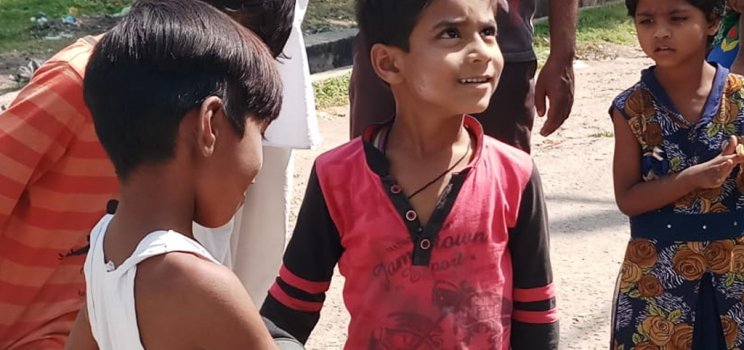Literacy and education are important indicators in a society and play a central role in human development that impacts overall social-economic development milieu. Higher levels of literacy and education lead to better attainment of health and nutritional status, economic growth, population control, empowerment of the weaker sections and community as a whole. Also, higher literacy rates improve development indicators consistently. Census obtains information on literacy for every individual, as this is recognised as one of the most important social characteristics. In census, a person aged seven years and above who can both read and write in any language, is treated as ‘literate’. A person, who can only read but cannot write, is not considered as ‘literate’. It is not necessary that a person should receive any formal education or pass any minimum education standard. Literacy can also be achieved in adult literacy classes or through any non-formal education system. People who are blind but can read in braille have been treated as literates. All children of six years age or less are treated as ‘illiterate’ even if the child is going to a school and has picked up reading and writing skills. In the Censuses prior to 1991, children below five years of age were treated as illiterates. Since the ability to read and write with understanding is not ordinarily achieved until one has time to develop these skills, therefore in 1991 Census, it was decided that all children in the age group of 0-6 years be treated as illiterate by definition and population aged seven years and above only be classified as either ‘literate’ or ‘illiterate’. Since then, the same criterion has been retained in subsequent censuses of 2001 and 2011. In the Censuses up to the year 1981, it was customary to work-out literacy rate taking into account the total population (Crude literacy rate). Since, literacy rate is more meaningful if the sub-population in the age group of 0-6 years is excluded from the total population, it was decided in 1991 Census to use the term literacy rate for the population relating to seven years and above (Effective literacy rate). The same concept has continued in censuses of 2001 and 2011.
As per the provisional figures of Census 2011, in India 77,84,54,120 persons have been counted as literates. Among all literates, 33,42,50,358 are females, whereas 44,42,03,762 are males. The literacy rate of India in 2011 is 74.0 per cent. Literacy rate among females is 65.5 per cent whereas the literacy rate among males is 82.1 per cent.
Madhya Pradesh
Total number of literates in Madhya Pradesh is 4,38,27,193 wherein 1,79,79,056 are females and 2,58,48,137 are males. In 2011, literacy rate of Madhya Pradesh is 70.6 per cent as compared to 63.7 per cent in the year 2001. During the last decade the rise in literacy rate of Madhya Pradesh is 6.9 percentage points. Female and male literacy rates in 2011 are 60.0 per cent and 80.5 per cent respectively. In 2001, female literacy rate was 50.3 per cent whereas male literacy rate was 76.1 per cent. The rise in female literacy is 9.7 percentage points whereas male literacy rate has increased by 4.5 percentage points. In Census 2001, Madhya Pradesh stood 24th in the country in literacy whereas in 2011 it has slipped to 28th position, same as in female literacy rate.
Source : http://www.srcindore.com/lit_database.php






